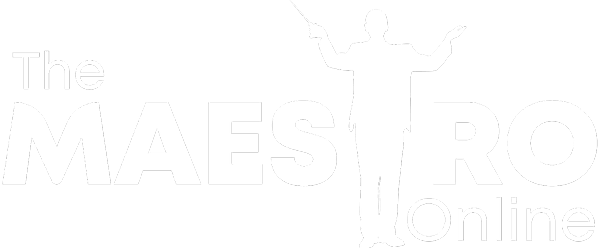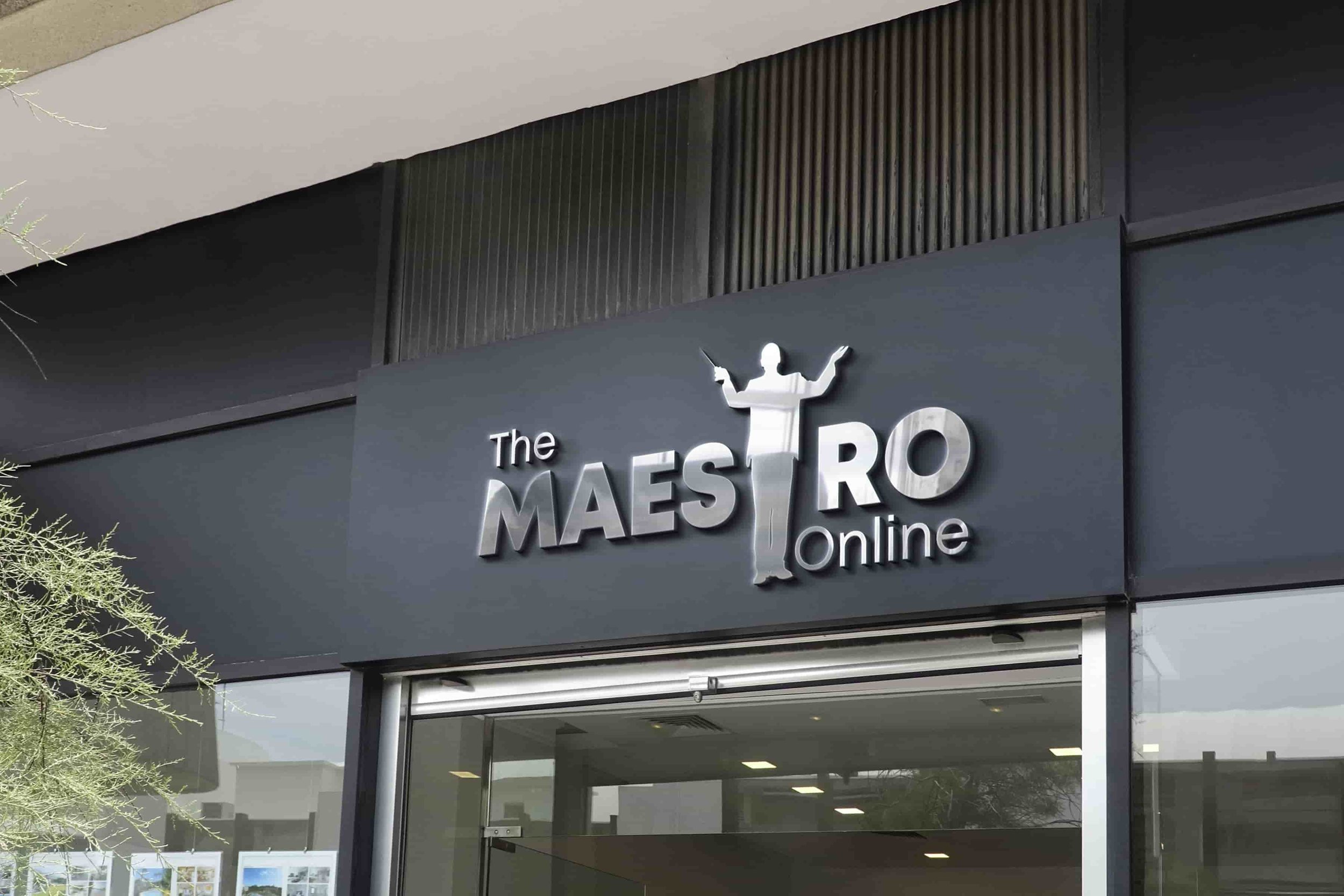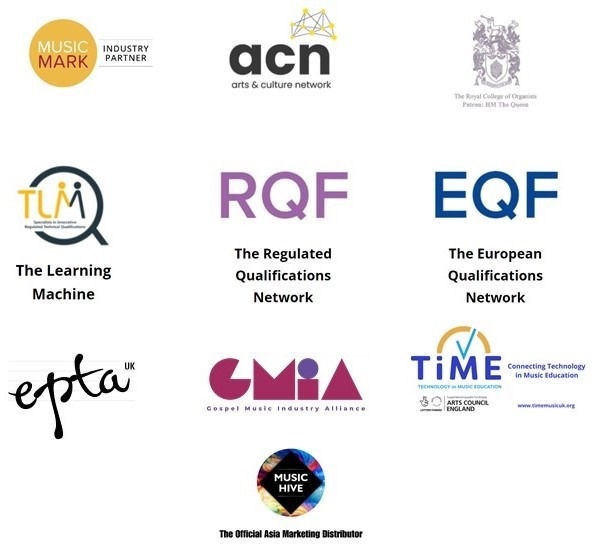Holistic Creative Teaching & Modern Educational Trends for Music Hubs
Any school or music teacher needs to engage an all-round, holistic strategy in order to develop the ‘whole individual’. This applies to evolving musicians of all ages and stages and a holistic approach is very much at the core of NPME (the UK “National Plan for Music Education”) with the word “creative” being a specifically prominent ‘new’ word.
Holistic Creative Teaching & Modern Educational Trends for Music Hubs
Any school or music teacher needs to engage an all-round, holistic strategy in order to develop the ‘whole individual’. This applies to evolving musicians of all ages and stages and a holistic approach is very much at the core of NPME (the UK “National Plan for Music Education”) with the word “creative” being a specifically prominent ‘new’ word.
Creativity in Music Education & Music Colleges
There’s a wealth of “copy me”, modelling style tuition out there. Youtube is the prime example with videos of demonstrations that people mimic. Young people, in particular, love to mimic and copy their favourite youtube people and, of course, they are impressionable (many TV singing programmes promote singers “sounding like” the original singer). In many ways, mimicking is the “easy” option and involves the question:
“Did I get it right?”.
Good music teachers challenge this and aim to maximise the individuality of each student. The aim is for every person to become an artist in their own right. The questions now are:
“Did I capture my interpretation of the character?”,
“Did I put my own spin on it?”,
“Can you tell that I’ve made artistic interpretations of my own in the way that I play it?”.
Strategies for Creativity for Music in Schools
Let’s look at a model for learning that works for individuals both in 1-1 lessons and classrooms, for beginners and advanced students (including advanced diplomas):
(1) Train the ear first, core to Listening and Internalising. If we hear and imagine sounds in our heads then we become quality musicians. Some musicians read and perform very well without ‘hearing’ first and they tend to lack that final finesse. Other musicians only play by ear and memory and find reading a challenge; frequently they have more flair if their memories and technique are firmly established. There are many ways to do this. I prefer solfège and activities such as singing chord roots, singing other chord notes, singing one part while playing another, playing specific notes and ‘inner hearing’ others and so on. Training the ‘inner ear’ enhances aural imagination. Singing ties in with playing beautiful and enhances how natural performances on instruments sound.
(2) Take key concepts, phrases, chord progressions, techniques, scales etc and improvise upon them. Why? Because playing fluently involves mastery and in-depth understanding of the elements within a piece. Individual stylisation goes beyond mastery and requires creativity and imagination. Creating and Developing should be pivotal to all meaningful music making.
(3) Encourage interpretation. There are so many ways to do this for so many different styles. Only this week, I was using a simple version of Claire de Lune with a teenager and we looked up a translation of all of the lyrics together (well worth doing – I was quite surprised, it has a great “moral of the story” implication) and this rapidly altered the way that she pressed the piano keys and how she shaped the phrases. I challenged an international level singer to perform the same song for 3 different events: funeral, party and charity event. It was really interesting to discuss how she would make vocal and interpretive differences for these 3 occasions. Where would pop singers embellish with the pentatonic scale and where would they use a blues note? Where would they create dissonance with the harmony and how intense would it be? What is the subtext behind the text, the “intention” from the character’s point of view? You are now both Performing and Communicating.
(4) Holistic – the more styles and interpretative approaches that you choose, the more you are both making and very finely controlling sounds.
Talent Pathways, with Music Hubs in mind
The right framework for learning, established in the earliest lessons, sets all learners up for progression to the highest level, with a ‘musical’ mindset rather than purely mechanical and technical.
The Maestro Online Music Courses
Dr Robin Harrison FRSA created The Maestro Online courses and Celebrity Masterclasses online which meet all of these targets and more. The Maestro Online collaborates with music hubs, music colleges, music in schools, music in universities and international level celebrity musicians.’ The digital courses are suitable for individuals, universities, colleges, schools, 1-1 lessons, as a supplement to 1-1 lessons, adaptable for class environments and much more. The Maestro Online seeks to collaborate with institutions to create courses according to their specific needs, to further enhance the musicianship of their students. Piano courses, organ courses, aural lessons and singing courses all have a holistic musicianship approach through all levels.
Choose your plan
All Courses
-
All Piano Courses
-
All Organ Courses
-
All Singing Courses
-
All Guitar Courses
All Courses + Masterclass
-
All Piano Courses
-
All Organ Courses
-
All Singing Courses
-
All Guitar Courses
-
All Masterclasses



